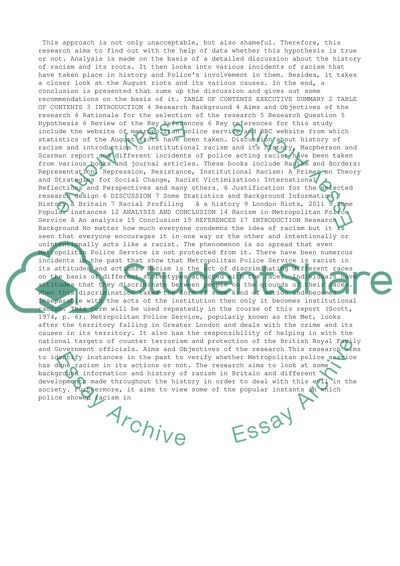Cite this document
(“Metropolitan Police and are they Racist Assignment”, n.d.)
Metropolitan Police and are they Racist Assignment. Retrieved from https://studentshare.org/business/1400145-research-project
Metropolitan Police and are they Racist Assignment. Retrieved from https://studentshare.org/business/1400145-research-project
(Metropolitan Police and Are They Racist Assignment)
Metropolitan Police and Are They Racist Assignment. https://studentshare.org/business/1400145-research-project.
Metropolitan Police and Are They Racist Assignment. https://studentshare.org/business/1400145-research-project.
“Metropolitan Police and Are They Racist Assignment”, n.d. https://studentshare.org/business/1400145-research-project.


